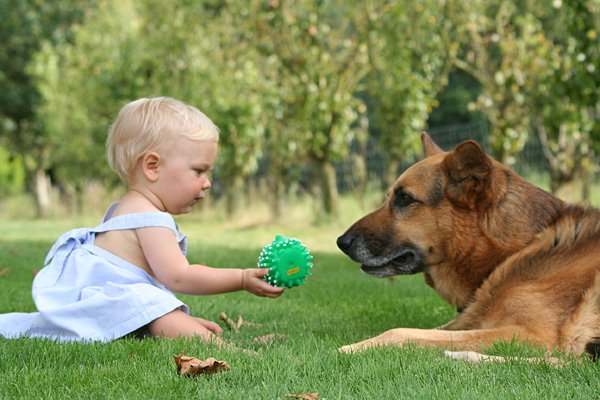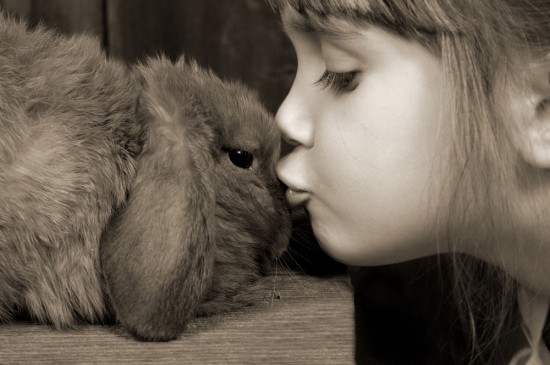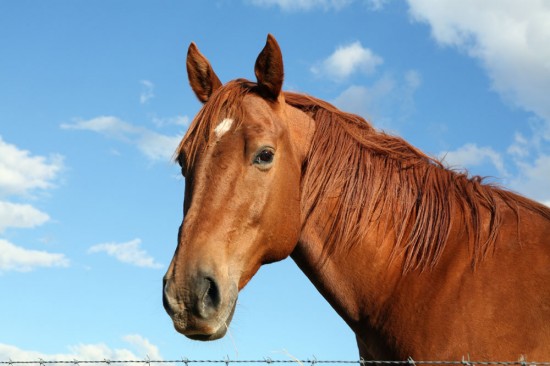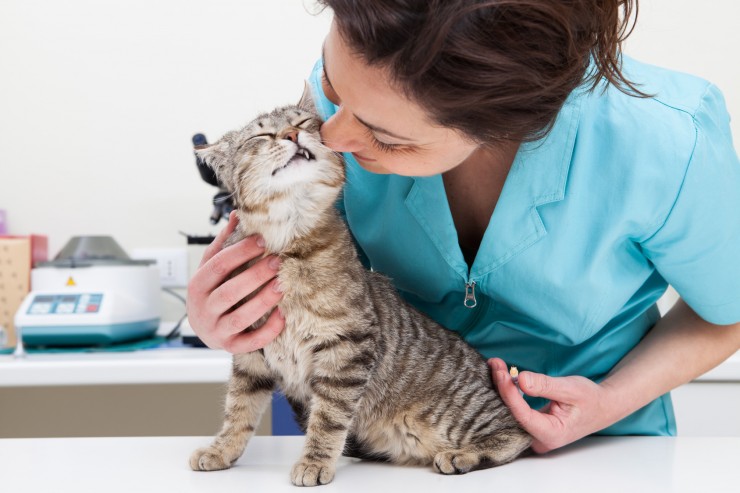
Freshwater aquarium enthusiasts commonly have freshwater fish in their collection but not freshwater aquarium shrimp. About a few years ago, there were hobbyists who ventured into this type of freshwater aquaria. They have discovered that certain species of shrimp are as appealing as tropical fish due to their appearance and color. They also adapted well in captivity with very few special requirements in terms of food and water quality.
Takashi Amano, a Japanese aquarist, introduced a shrimp variety known as the Yamato Numa Ebi in the 1980's. Also known as the "Japanese marsh shrimp" and "Amano shrimp", they are more colorful than other freshwater aquarium shrimp. Their color combinations are light brown to reddish brown. They primarily consume soft algae and grow to maximum of 2 inches in maturity. They are sensitive to high levels of ammonia but can tolerate high alkalinity. Coming from a temperate region, they only thrive in waters temperatures ranging from 30 C and below. They are known to eat fish food if algae is not readily available.
Another popular variety is the Cherry shrimp which originated from Taiwan. The most sought after variation of this type is the Red Cherry shrimp which was bred in Germany. They were brought to the Unite States in the 1990's. The Red Cherry shrimp have care requirements almost the same with the Amano shrimp. They are the same in size and eating habits. Known in the scientific circles as Neocaridina denticulata sinensis, Cherry shrimp are non-aggressive. They are very active and spend most of the time grazing on plant leaves and the tanks bottom for algae.
Bee shrimps also called Bumble Bee shrimp are also a known variety. These small freshwater shrimp came from Hong Kong. They grow slowly and only grow to 1 inch in adulthood. Unlike the Amano shrimp and Cherry shrimp, they are not good algae eaters. They consume vegetable matter and soft mosses. They thrive well in waters ranging from 22 to 25ºC, and a water ph of 7.5 and the water should be free of any ammonia. Bumble Bee shrimp can reproduce 12 times in a year if their habitat is properly maintained. They reach adulthood in half a year and can live to almost one and a half years.
There are large, long-arm shrimp that are preferred by some aquarists but they are known to be aggressive. They have chelipeds and tend to catch small fish. The Indian whisker shrimp are one of these species. They also require bigger tanks compared to their smaller counterparts. They must be isolated from smaller shrimp and fish because they may cause disruptions in the habitat.
In caring for freshwater aquarium shrimp, it must be considered that with their size, isolating them would be a good idea. They must be kept in a separate tank because small shrimp are at risk of being eaten by freshwater fish. Avoiding ammonia is also a main consideration and it can be done by selecting a 10-gallon tank. A smaller tank can not give the water quality the shrimp need. They are more sensitive than freshwater fish to water conditions. They can be easily killed by accumulated amounts of ammonia.
For biological filtration, an air-driven sponge filter is one of the better options. Fine-grain gravel and silica sand can be used as substrate especially for Cherry shrimp. Java moss could be a great addition to the tank. It has been observed that shrimp are more active and productive having Java moss because it does not drastically compete with them in nutrients. Basic fish food are fine with shrimp, whether it be pellet or flake. It is a better to give them the amount they can consume in a few minutes. Putting excess food in the tank can affect water quality and may endanger the shrimp.
Water quality must be monitored constantly because the slightest changes in its condition have an immediate adverse effect on the shrimp. The water temperature must be maintained at 25ºC and a maximum of 30ºC. Ammonia and Chlorine must be neutralized immediately using an ammonia neutralizer and dechlorinator respectively. Thirty percent of the water must also be changed on a weekly basis to prevent further accumulation of these toxic substances.
The health of the shrimp can be judged with their behavior in the water. They are healthy if they constantly move and look for food. They never hold still unless they drop their shell in the course of growing. As their new shell hardens in about two days, they stay hidden because at this condition they are vulnerable to predators especially in a community tank. Maintaining the parameters of their habitat will ensure their health and longer life span. New and improved ways of caring for them are being discovered as more people appreciate them as part of this hobby.
The market for freshwater aquarium shrimp is slowly gaining ground. The West is now keeping shrimp in home aquarium and starting to breed them. The Japanese and other people in the Orient have been doing it for many years now. Keeping shrimp is an old practice rediscovered as a hobby. It took a second look at the shrimp not just as an edible creature, but a living decoration that helped us realize its beauty and vitality.
Get solid knowledge of the many different pets for your aquarium along with your freshwater aquarium shrimp. Read: http://www.freshwateraquariumcenteronline.com/freshwater-aquarium-pets/ .
Remember while you are there to sign up for our FREE freshwater aquarium email mini-course.
 Get Chicken Runs to keep your chickens clean and away from predators
Get Chicken Runs to keep your chickens clean and away from predators
 Choosing the right pet bird for your little ones
Choosing the right pet bird for your little ones
 11 Ways To Minimise Exposure To Environmental Allergens In Dogs
11 Ways To Minimise Exposure To Environmental Allergens In Dogs
 Why You Should Wait Until Your Dog Is At Least Two Before Breeding From Her
Why You Should Wait Until Your Dog Is At Least Two Before Breeding From Her
 What Is Chagas Disease In Dogs - Is It A Uk Problem?
What Is Chagas Disease In Dogs - Is It A Uk Problem?
 Is A Rabbit The Right Pet For You?
Is A Rabbit The Right Pet For You?
 6 Injuries Commonly Found In Horses
6 Injuries Common
6 Injuries Commonly Found In Horses
6 Injuries Common
 Shepherd Breeds That Are An Alternative To The German Shepherd Dog
Shepherd Breeds T
Shepherd Breeds That Are An Alternative To The German Shepherd Dog
Shepherd Breeds T
 Getting Your Dog Fit In January And February
Getting Your Dog
Getting Your Dog Fit In January And February
Getting Your Dog
 Dogs That Stalk Other Dogs
Dogs That Stalk O
Dogs That Stalk Other Dogs
Dogs That Stalk O
 Are Vaccination For Life Schemes Good Value For Money?
Are Vaccination F
Are Vaccination For Life Schemes Good Value For Money?
Are Vaccination F
Copyright © 2005-2016 Pet Information All Rights Reserved
Contact us: www162date@outlook.com